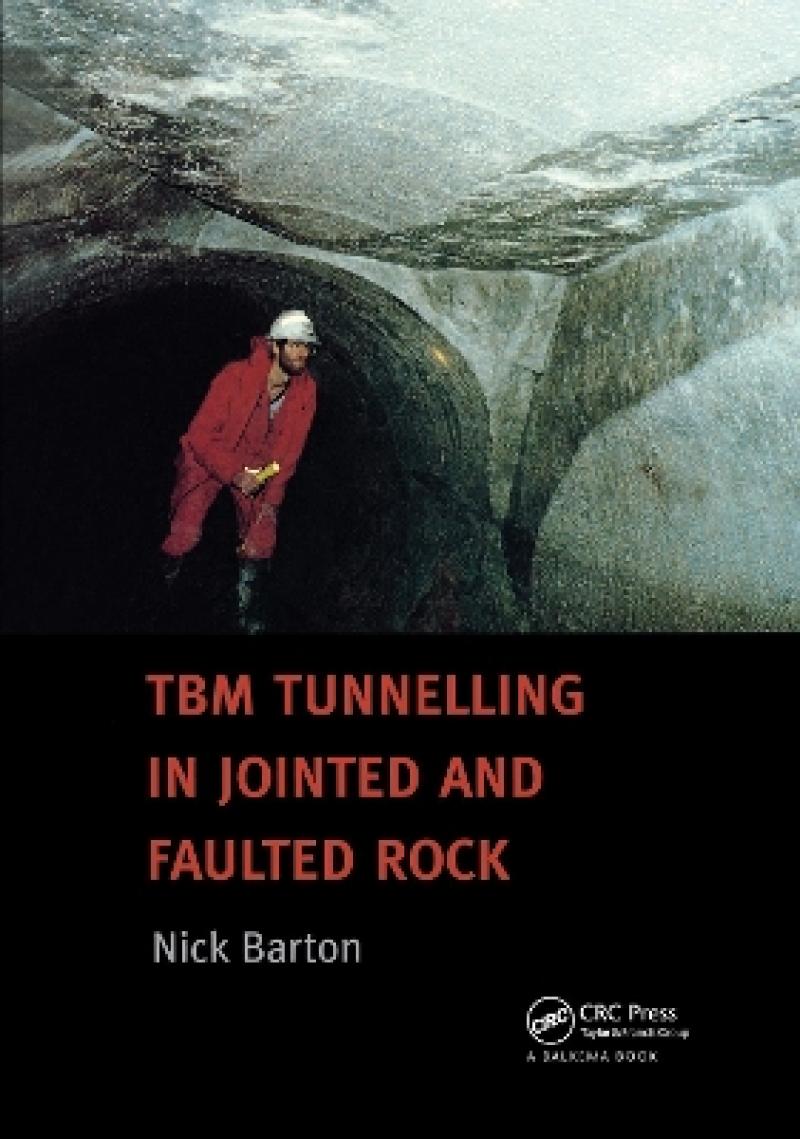This practical guide describes the stage-by-stage development of a method for predicting the penetration rate (PR) and the advance rate (AR) for tunnel boring machines based on an expanded version of the Q-value, QTBM. The author analyzes 145 TBM tunnels that total 1,000km in length. He then develops simple formulae to estimate PR and AR from the QTBM value and to back-calculate QTBM from performance data. The book quantitatively explains actual advance rates as high as five m/hr for one day or as low as 0.005 m/hr for several months. It also covers logging methods, empirical TBM tunnel support design, and numerical verification of support.
Preface
Acknowledgements
Part 1: Basic interactions between the rock mass and the TBM
Part 2: Q, Qtbm and rock mass variability
Part 3: Logging, tunnel support, probing and design verification
Appendix
References
Index
